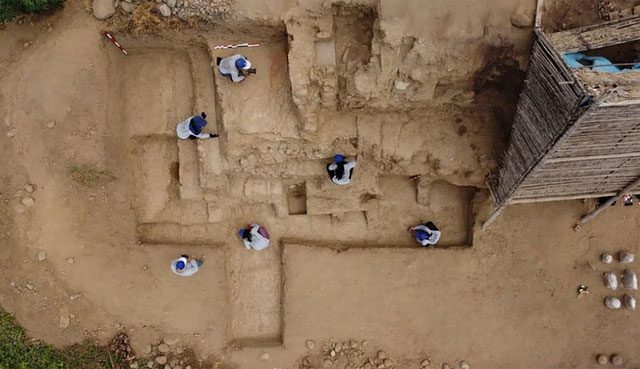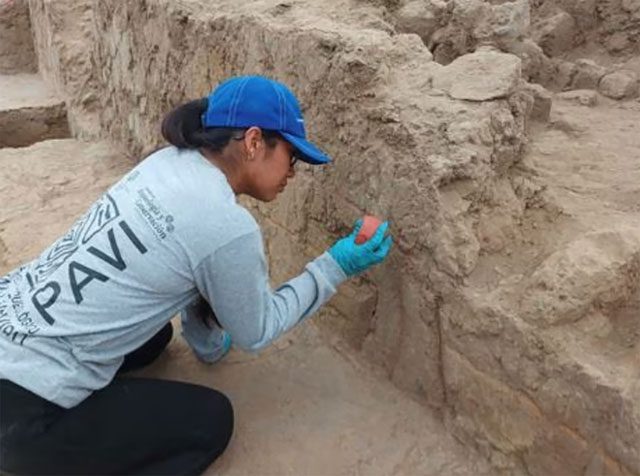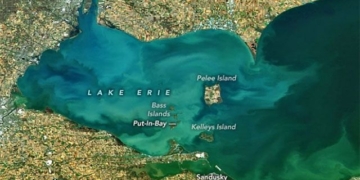According to archaeologists, an ancient wall discovered at Huaca Tomabal, located in the heart of the Viru Valley in the La Libertad region, approximately 480 kilometers north of Lima (Peru), dates back over 4,000 years, as reported by Reuters.
The ancient wall is part of a temple that performed various rituals. This discovery provides new insights into the historical culture of the area.
Feren Castillo, the lead archaeologist for the research project in the La Libertad coastal region, stated that the wall was first accidentally uncovered by farmers during harvesting in 2020, prompting archaeologists to expand their excavations and conduct dating.

Archaeologists are working on the wall that is over 4,000 years old. (Photo: REUTERS).
“Three years later, we initiated a new process, and the results confirm its age. Today, we are certain that this is a building constructed during the Pre-Ceramic period (the early period of Andean civilization), dating back 4,000 to 4,500 years ago,” an expert noted.
Castillo further mentioned that the wall is approximately 3 meters high and features red and yellow triangular patterns.
Castillo remarked: “The most important part is the temple from the Pre-Ceramic period, which has a hearth at its center that we may excavate later.”

An archaeologist working on the ancient wall that is part of the Pre-Ceramic temple. (Photo: REUTERS).
Northern Peru is known for its complexes for performing ancient rituals dating back 5,000 years. The most significant archaeological site in Peru is the ruins of Machu Picchu, located in the Cusco region, which are remnants of the Inca Empire that dominated the southern part of the continent 500 years ago, extending from southern Ecuador and Colombia to central Chile.
Feren Castillo noted that the archaeological site preserves the oldest known multicolored walls to date.


















































